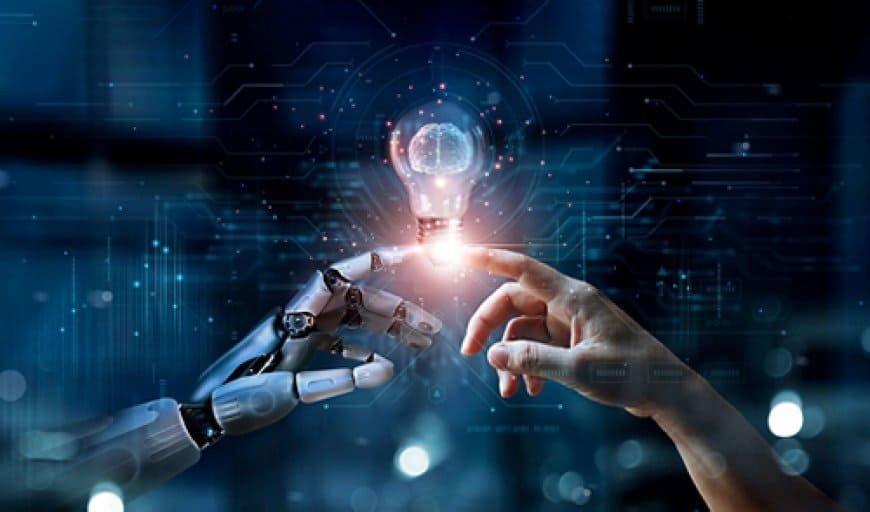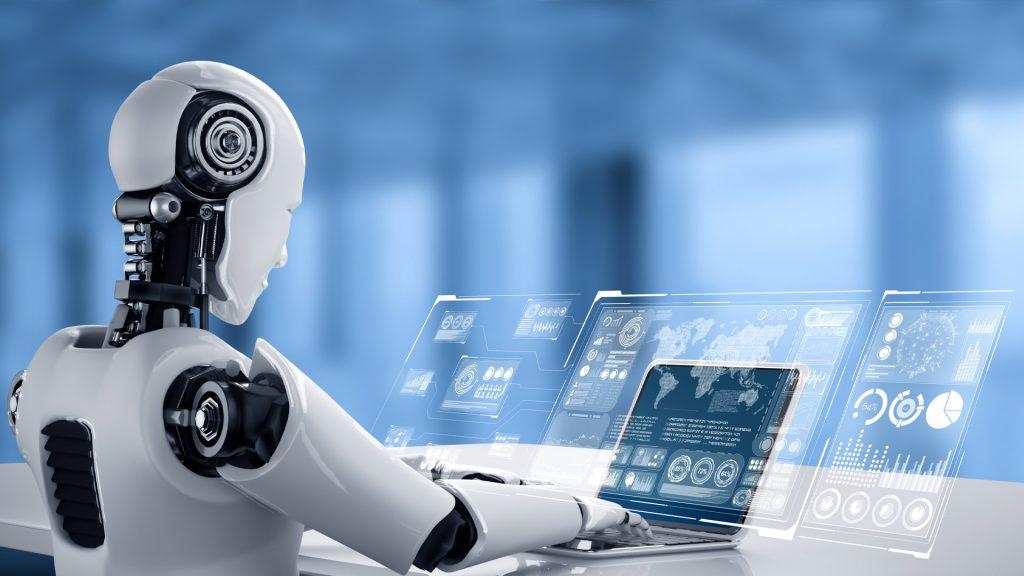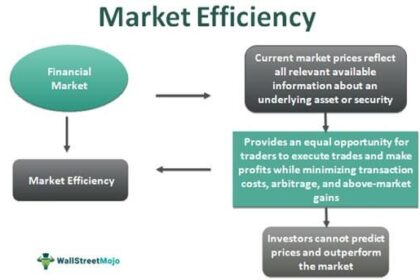In the heart of the industrial landscape, where steel meets innovation, a silent revolution is reshaping the way we produce goods. The hum of machinery, once solely the domain of skilled hands, has evolved into a symphony of precision, orchestrated by sophisticated algorithms and cutting-edge robotics. As the dawn of automation casts a new light on manufacturing, factories around the globe are undergoing transformative changes that promise to enhance efficiency, reduce costs, and redefine the workforce itself. This article delves into the rise of automation in manufacturing, exploring the technologies that are driving these advancements, the benefits they offer, and the challenges they present. Join us as we navigate through this intricate interplay of human ingenuity and machine intelligence, uncovering what the future holds for the very backbone of our economy.
The Power of Robotics: Enhancing Precision and Efficiency in Production Lines
The integration of robotics into production lines has revolutionized how industries operate, pushing the boundaries of what is possible in manufacturing. With their ability to perform tasks with unwavering precision, robots significantly reduce the margin for error, leading to improved product quality and consistency. Key benefits of utilizing robotics in production include:
- Increased Output: Robots can work continuously without fatigue, maximizing productivity.
- Enhanced Accuracy: Automated systems excel in repetitive tasks, ensuring high precision.
- Cost Efficiency: Reducing labor costs and minimizing waste can lead to substantial savings over time.
Additionally, the flexibility of modern robotics allows for quick adaptations to changes in production needs. This adaptability facilitates rapid reconfiguration of production lines, enabling manufacturers to pivot quickly in response to market demands. The following table illustrates the comparative advantages of automated versus human labor in manufacturing:
| Aspect | Automated Systems | Human Labor |
|---|---|---|
| Speed | High | Moderate |
| Consistency | Exceptional | Variable |
| Operational Hours | 24/7 | Limited |

Integrating Smart Technologies: The Role of IoT in Modern Manufacturing Ecosystems
In the contemporary manufacturing landscape, the integration of smart technologies is revolutionizing how factories operate. The Internet of Things (IoT) enables machines, sensors, and devices to communicate seamlessly, creating a network of interconnected equipment that enhances operational efficiency. Through the implementation of IoT, manufacturers can achieve real-time monitoring of their equipment, which translates into improved maintenance schedules, reduced downtime, and optimized performance. This interconnected framework allows for data to flow freely among every aspect of the production process, making it easier to identify inefficiencies and implement corrective measures swiftly.
Key benefits of IoT integration in manufacturing ecosystems include:
- Predictive Maintenance: By analyzing data trends, manufacturers can predict equipment failures before they occur, minimizing disruptions.
- Enhanced Quality Control: Continuous monitoring allows for immediate adjustments in the production line to maintain high-quality standards.
- Supply Chain Automation: Real-time tracking of inventory and shipments facilitates better decision-making and reduces lead times.
To illustrate the impact, consider the following table showcasing efficiency gains observed by companies leveraging IoT technologies:
| Company | Efficiency Gain (%) | Reduction in Downtime (%) |
|---|---|---|
| Manufacturer A | 25% | 30% |
| Manufacturer B | 30% | 20% |
| Manufacturer C | 20% | 15% |
This data underscores the transformative power of IoT in modern manufacturing, demonstrating not just enhancements in productivity but also significant reductions in costs associated with manual operations and equipment failures.

Skilling the Workforce: Preparing Employees for an Automated Future
As automation reshapes the landscape of manufacturing, companies face an imperative need to rethink workforce development strategies. To thrive in an era increasingly dependent on advanced technologies, businesses must invest in upskilling their employees, equipping them with the necessary competencies to navigate a more automated environment. This involves not just technical training in operating new machinery or software but also fostering adaptability, critical thinking, and problem-solving skills. Employers can implement a variety of approaches to enhance their workforce’s capabilities, such as:
- On-the-job training: Allowing employees to learn by interacting directly with automated systems, thereby gaining real-time experience.
- Workshops and seminars: Organizing sessions led by industry experts to introduce the latest trends and tools in automation.
- E-learning platforms: Leveraging online resources to provide flexible and accessible training modules that employees can complete at their own pace.
Moreover, collaboration between manufacturers, educational institutions, and government bodies plays a vital role in laying the groundwork for a future-ready workforce. Establishing partnerships aimed at developing curriculum tailored to the needs of modern factories can significantly enhance workers’ skills. To illustrate this commitment to workforce development, a model like the one below can provide a starting point for stakeholders to collaborate effectively:
| Collaboration Partner | Key Contribution |
|---|---|
| Manufacturers | Identify skill gaps and provide feedback on training content. |
| Educational Institutions | Develop relevant curricula and offer certifications. |
| Government | Offer funding and support for training programs. |

Sustainable Practices: Using Automation to Drive Environmental Responsibility in Factories
In the quest for greater environmental responsibility, factories are embracing automation as a powerful tool to enhance sustainability. Automated systems are not only revolutionizing production processes but also significantly minimizing waste and resource consumption. By implementing smart sensors and real-time monitoring technologies, manufacturers can achieve greater precision in their operations, leading to a drastic reduction in excess materials and energy. This conscientious approach enables companies to adapt to lean manufacturing principles, optimizing their processes while maintaining high performance. The outcome is a factory environment that prioritizes resource efficiency and reduces carbon footprints.
Moreover, leveraging automation allows for more effective management of factory resources, which is critical for sustainable practice. For instance, robotic process automation (RPA) can streamline inventory management, ensuring only the necessary materials are used, thus avoiding overproduction. Highlights of how automation impacts sustainability include:
- Energy Efficiency: Automated machinery often operates with greater energy efficiency compared to traditional methods.
- Waste Reduction: Enhanced accuracy minimizes material wastage and optimizes production schedules.
- Predictive Maintenance: IoT devices can predict equipment failures, reducing downtime and unnecessary repairs.
| Benefit | Description |
|---|---|
| Reduced Emissions | Automated processes lead to lower greenhouse gas emissions. |
| Resource Optimization | Effective allocation of materials and energy across production lines. |
| Enhanced Compliance | Simplifies adherence to environmental regulations and standards. |
To Wrap It Up
As we stand on the brink of a new era in manufacturing, the rise of automation presents both opportunity and challenge. Factories are evolving from traditional hubs of manual labor to sophisticated ecosystems where machines and humans collaborate to drive efficiency and innovation. This transformation not only revolutionizes production processes but also redefines the roles of the workforce, necessitating a new paradigm in skills and adaptability.
While the promise of increased productivity and reduced costs beckons, it is essential to navigate this shift with mindfulness, ensuring that the benefits of automation are equitably shared across the industry and its workforce. As we look towards a future marked by technological advancement, the question remains: how will we balance progress with responsibility? The answer lies in our ability to embrace change while fostering a culture of continuous learning and resilience.
In this dance between man and machine, one thing is clear: the factories of tomorrow are not merely places of production; they are vibrant arenas of collaborative ingenuity, where the seeds of innovation take root and flourish. As we bid farewell to the old and welcome the new, the journey of transforming factories is just beginning, and the possibilities are as limitless as our imagination.


